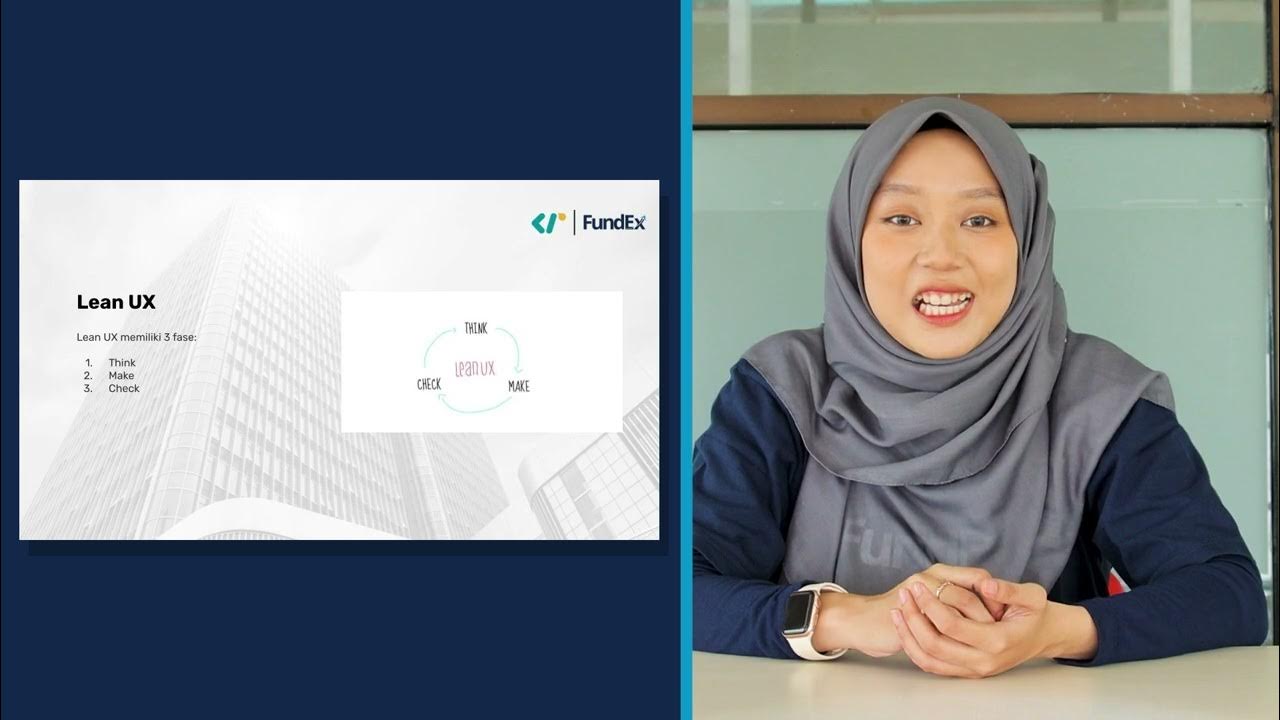The UX design process, explained | A step by step overview
Summary
TLDRThis video provides a comprehensive overview of the UI/UX design process, outlining the key stages: Discover, Define, Ideate, Prototype, and Test. It emphasizes the importance of understanding user needs through research, collaborating with stakeholders to define problem statements, and the iterative nature of design. The presenter advocates for a user-centric approach, highlighting that design should evolve based on user feedback. Additionally, they stress flexibility within frameworks, encouraging designers to adapt methods to fit their unique contexts. Overall, the video serves as a practical guide for aspiring designers to create effective solutions.
Takeaways
- 😀 The design process varies by role, team, and company size, with larger companies often having specialized design teams.
- 😀 The design thinking framework consists of five stages: Discover, Define, Ideate, Prototype, and Test.
- 😀 Discovering user needs through research is critical; assumptions about users can lead to ineffective design solutions.
- 😀 User research methods can be categorized into quantitative (like surveys) and qualitative (like interviews and empathy mapping).
- 😀 Defining a clear, user-centric problem statement is essential for guiding the design process and should involve collaboration with stakeholders.
- 😀 The ideation stage is about brainstorming creative solutions, utilizing methods like sketching and mind mapping.
- 😀 Prototyping should be efficient; mid-fidelity prototypes are often sufficient to convey design ideas without excessive detail.
- 😀 Testing prototypes early allows designers to gather feedback and iterate quickly, improving the final product.
- 😀 Communication and collaboration with stakeholders are crucial throughout the design process to ensure alignment and understanding.
- 😀 Post-launch evaluation involves gathering user feedback to assess the product's performance and identify areas for improvement.
Q & A
What is the primary focus of the design process outlined in the video?
-The design process focuses on understanding users and solving their problems through a structured approach that includes discovery, definition, ideation, prototyping, and testing.
How does the design process differ in large companies compared to small companies?
-In large companies, designers may specialize in specific product areas, whereas in small companies, designers are often expected to be versatile and understand multiple products.
What are the five stages of the design thinking framework mentioned?
-The five stages are Discover, Define, Ideate, Prototype, and Test.
Why is user research considered essential in the design process?
-User research is essential because it helps designers understand users' needs and problems, ensuring that the design is user-centric and effective.
What are some common quantitative and qualitative user research methods?
-Quantitative methods include surveys, while qualitative methods can include user interviews, empathy mapping, user personas, and usability testing.
What is a user-centric problem statement, and why is it important?
-A user-centric problem statement defines the user's issue and guides the design process. It helps keep the team's focus on solving real user problems rather than getting sidetracked by metrics or technology.
What tools can be used for conducting user interviews and surveys?
-Common tools for user interviews include Google Meet and Zoom, while surveys can be conducted using Google Forms, Typeform, and in-app survey tools like Maze.
What is the importance of the ideation stage in the design process?
-The ideation stage allows designers to brainstorm and generate diverse ideas without constraints, fostering creativity and innovation in the design solutions.
How does testing fit into the design process, and what are its benefits?
-Testing is crucial as it provides feedback on the prototypes. Early testing helps identify issues and necessary improvements, ensuring that the final design effectively solves user problems.
What steps should be taken after launching a product?
-Post-launch, it’s important to gather user feedback, identify any bugs, evaluate the product's performance, and consider implementing A/B testing to refine the design further.
Outlines

This section is available to paid users only. Please upgrade to access this part.
Upgrade NowMindmap

This section is available to paid users only. Please upgrade to access this part.
Upgrade NowKeywords

This section is available to paid users only. Please upgrade to access this part.
Upgrade NowHighlights

This section is available to paid users only. Please upgrade to access this part.
Upgrade NowTranscripts

This section is available to paid users only. Please upgrade to access this part.
Upgrade Now5.0 / 5 (0 votes)





